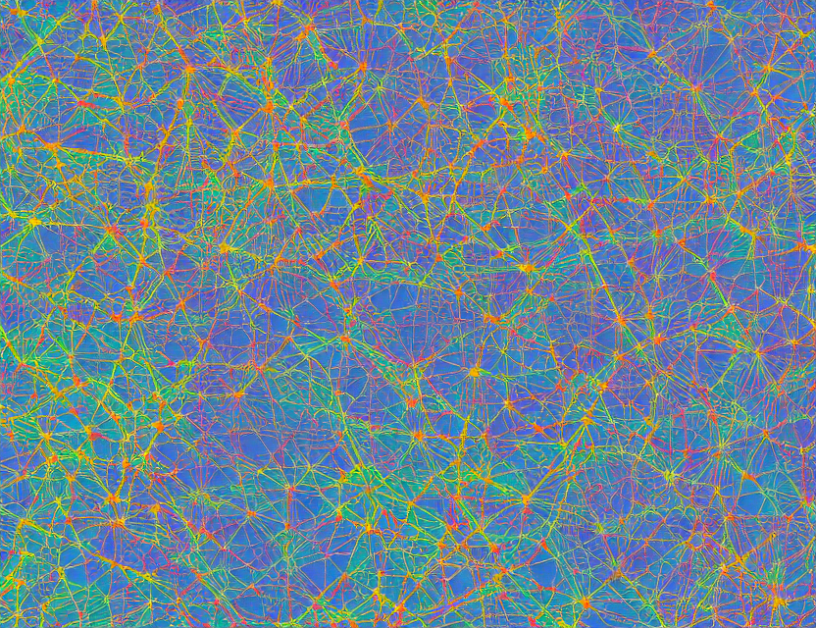In the realm of deep learning, scalability is key to tackling complex problems. However, this comes at the cost of increased communication overhead between nodes in a distributed system. To address this challenge, researchers have proposed various techniques to reduce communication overhead without compromising on accuracy. This article delves into the nuances of communication reduction and how it can be achieved through asynchronous gossip algorithms and other methods.
Asynchronous Gossip Algorithms: A Game-Changer?
Traditionally, synchronous gossip algorithms have been the go-to method for distributed deep learning. However, these algorithms come with a hefty communication overhead, especially in large-scale settings. To address this issue, asynchronous gossip algorithms were introduced, which decouple the communication and computation phases. These algorithms can significantly reduce communication overhead without compromising on accuracy.
Resistance Networks: A Key to Unlocking Efficiency?
The resistance network is a crucial component in reducing communication overhead. By leveraging the properties of this network, researchers have devised methods to accelerate asynchronous gossip algorithms. The key idea is to use the resistance network to average the parameters produced by different time steps, potentially delayed. This approach allows for efficient primal algorithms in the convex setting, even when deployed in the DL context for the first time.
Avoiding the Pitfalls of Asynchronous Gossip: A Delicate Balance?
While asynchronous gossip algorithms offer a means to reduce communication overhead, there are pitfalls to avoid. For instance, using a tree graph topology can help in reducing synchronization costs but may not be feasible in all scenarios. Moreover, building ad-hoc spanning trees can lead to synchronization overhead and increased communication distance. Therefore, it is crucial to strike a balance between these competing factors to achieve optimal performance.
Conclusion: A New Horizon of Scalability?
In conclusion, reducing communication overhead is an essential aspect of scalable deep learning. By leveraging the properties of resistance networks and asynchronous gossip algorithms, researchers have made significant strides in this direction. While there are challenges to overcome, the potential benefits of reduced communication overhead make these techniques worth exploring further. As we continue to push the boundaries of deep learning, it is essential to remain mindful of the scalability requirements that underpin its success. By harnessing the power of resistance networks and asynchronous gossip algorithms, we may unlock a new horizon of scalability for decentralized deep learning.



